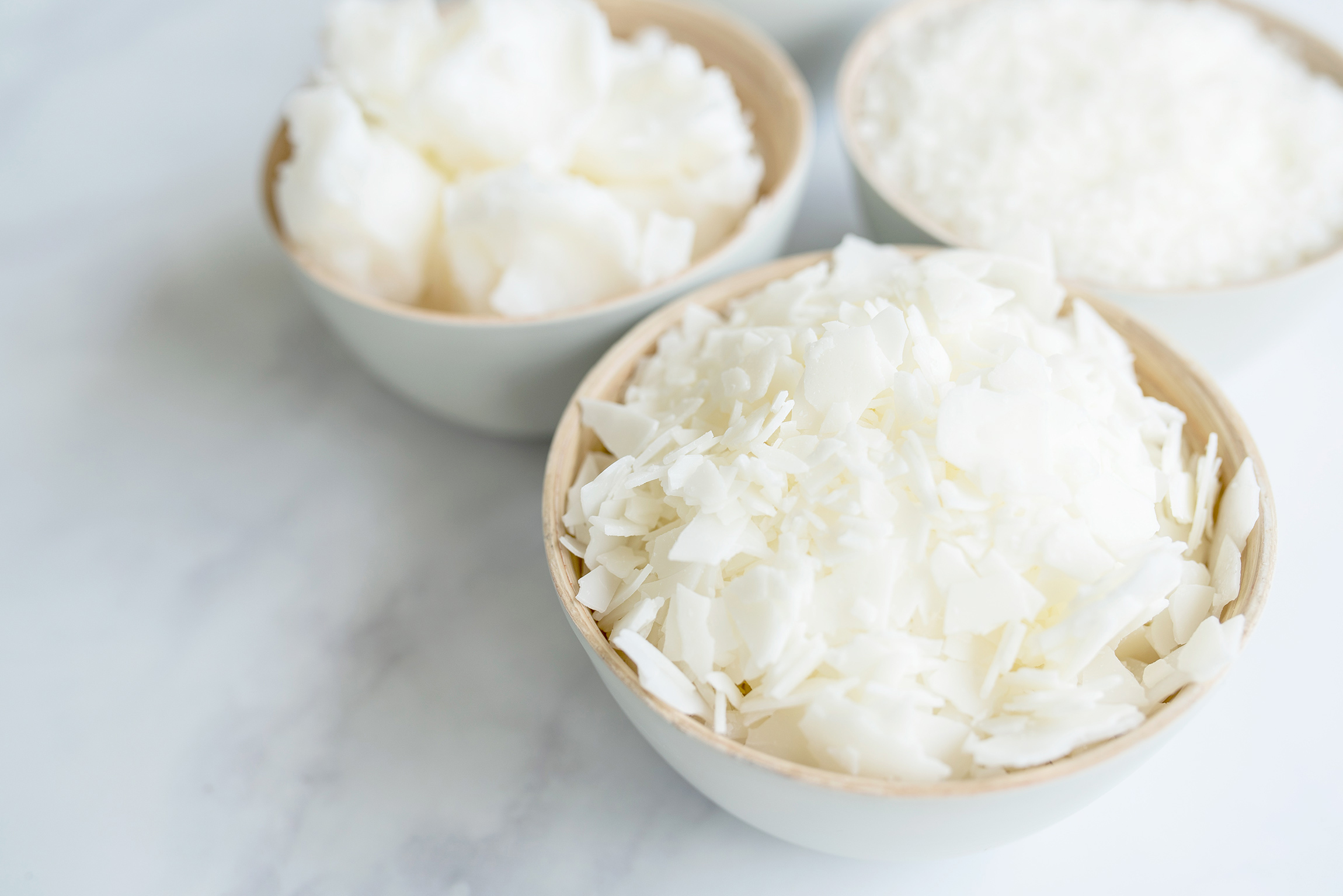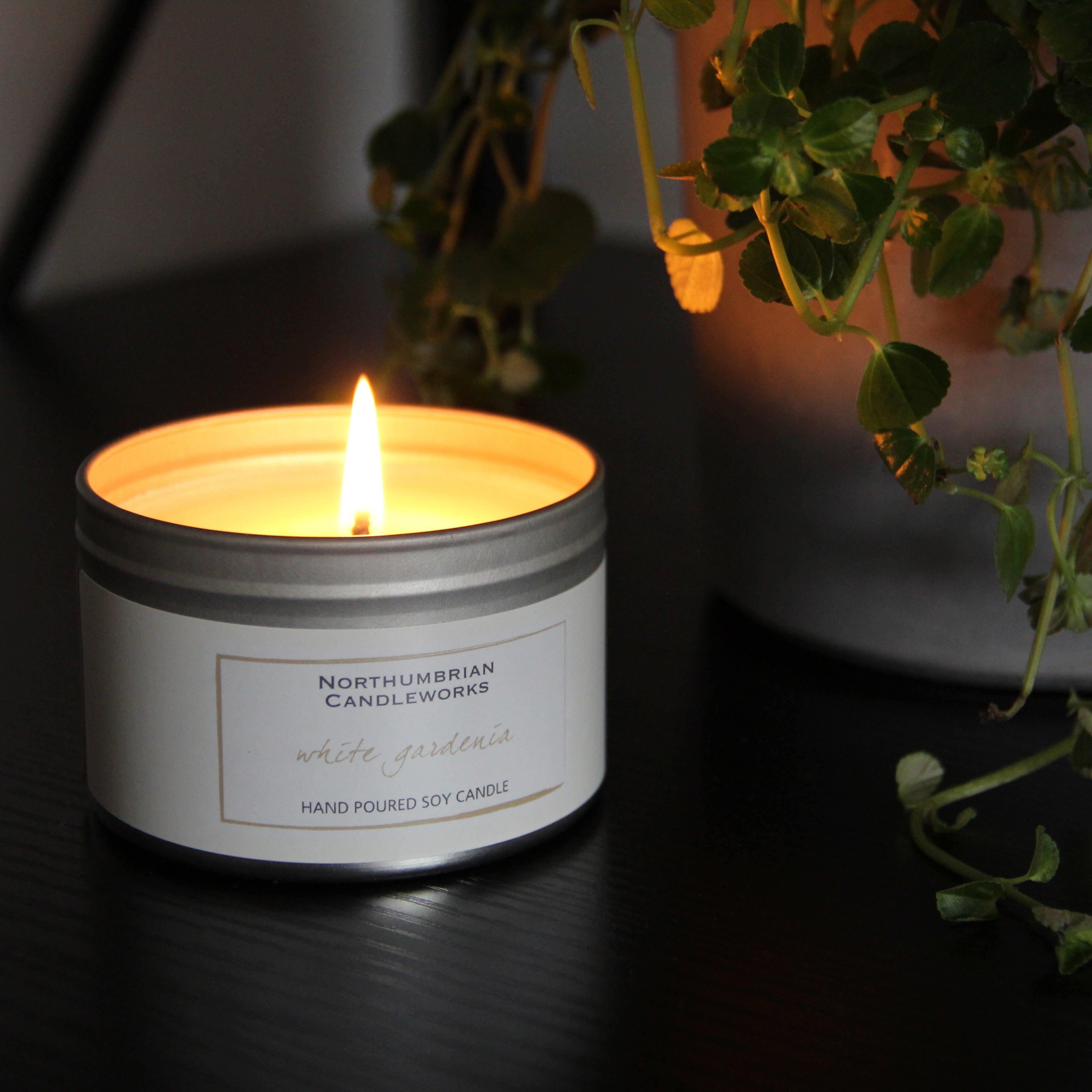Illuminate Your Environment with Crystal Soy Candles and Home Fragrance
Illuminate Your Environment with Crystal Soy Candles and Home Fragrance
Blog Article
From Wick to Wax: Understanding the Chemistry Behind Soy Wax Candles and Their Ecological Influence
As we illuminate our areas with the warm glow of candles, there exists a world of intricate chemistry behind the seemingly simple act of lighting a soy wax candle light. The choice in between soy and paraffin wax expands past mere visual appeals, delving right into the world of ecological influence and the extremely composition of the materials. Recognizing the molecular framework of soy wax and its combustion procedure loses light on the emissions released into our surroundings. Join us as we unravel the clinical ins and outs behind soy wax candle lights and explore their effects on our environment.
Soy Wax Vs. Paraffin Wax
When comparing soy wax and paraffin wax for candle making, it is crucial to comprehend the distinct attributes and advantages of each product. Soy wax is an all-natural, renewable energy acquired from soybean oil, making it biodegradable and environmentally friendly - soy candles. On the other hand, paraffin wax is a byproduct of oil refining, which increases problems about its ecological impact and sustainability
Soy wax candle lights burn cleaner and give off much less soot contrasted to paraffin wax candles, making them a healthier choice for indoor air top quality. Additionally, soy wax has a lower melting point, enabling a longer-lasting candle that spreads scent much more efficiently. Paraffin wax, on the various other hand, tends to burn faster and less easily, possibly launching dangerous chemicals right into the air.
From a sustainability perspective, soy wax is preferred for its biodegradability and renewable sourcing, straightening with the expanding customer choice for eco conscious items. While paraffin wax has actually been a traditional choice in candle making because of its affordability and simplicity of use, the shift in the direction of eco-friendly alternatives like soy wax is gaining momentum in the industry.
Chemical Make-up of Soy Wax

Combustion Refine in Soy Candles
The chemical composition of soy wax straight affects the combustion process in soy candle lights, affecting variables such as melt time, scent launch, and environmental influence. When a soy candle light is lit, the heat from the fire melts the wax near the wick.
The combustion efficiency of soy candles is affected by the pureness of the soy wax and the high quality of the wick. A clean-burning soy candle light with an effectively sized wick will certainly generate a steady fire and reduce soot development. This not just extends the melt time of the find out here candle however additionally improves the release of scents. Furthermore, soy wax candle lights have a reduced ecological impact compared to paraffin candle lights as a result of their sustainable and biodegradable nature.

Environmental Benefits of Soy Wax

Considered a sustainable option to typical paraffin wax, soy wax supplies significant environmental benefits that make it a popular selection amongst eco-conscious customers. One significant advantage of soy wax is its sustainable sourcing. Soy wax is stemmed from soybean oil, which is mainly cultivated in the USA. The cultivation of soybeans helps support regional farmers and decreases the dependence on non-renewable fossil gas made use of in paraffin wax production. Furthermore, soy wax is naturally degradable, meaning it breaks down normally without releasing hazardous toxins right into the environment. This particular makes soy wax candles a much more eco-friendly option compared to paraffin wax candle lights, which are made from petroleum, a non-renewable resource. Additionally, soy wax burns cleaner and creates less soot than paraffin wax, adding to much better interior air quality and decreasing the requirement for cleaning and upkeep. Overall, the environmental advantages of soy wax align with the growing need for sustainable and eco-friendly items on the market.
Recycling and Disposal Factors To Consider
Reusing and correct disposal of soy wax candles play an essential function in keeping ecological sustainability and decreasing waste in neighborhoods and houses. When it involves reusing soy wax candles, the primary step is to guarantee that the candle light has actually burned completely. This can be attained by enabling the candle to shed till the wick is no more useful, and after that allowing the continuing to be wax cool and strengthen. Once the wax has solidified, it can be carefully eliminated from the container.

In regards to disposal, if recycling is not an alternative, soy wax candles are eco-friendly and can be safely dealt with in the majority of household waste systems. It is constantly advised to check with regional recycling facilities or waste management go to website services for details guidelines on candle light disposal to ensure appropriate handling and ecological defense.
Verdict
In verdict, the chemistry behind soy wax candles exposes their ecological benefits over paraffin wax candle lights. Soy wax, derived from soybean oil, burns cleaner and produces less soot when contrasted to paraffin soy candles wax.
When comparing soy wax and paraffin wax for candle light making, it is vital to comprehend the unique features and advantages of each material (crystal soy candles).Soy wax candle lights shed cleaner and produce much less soot compared to paraffin wax candle lights, making them a healthier option for indoor air high quality.Taken into consideration a lasting choice to conventional paraffin wax, soy wax provides significant ecological advantages that make it a popular selection amongst eco-conscious customers. Soy wax burns cleaner and produces less residue than paraffin wax, adding to far better interior air high quality and lowering the need for cleansing and maintenance.In verdict, the chemistry behind soy wax candles exposes their environmental advantages over paraffin wax candles
Report this page